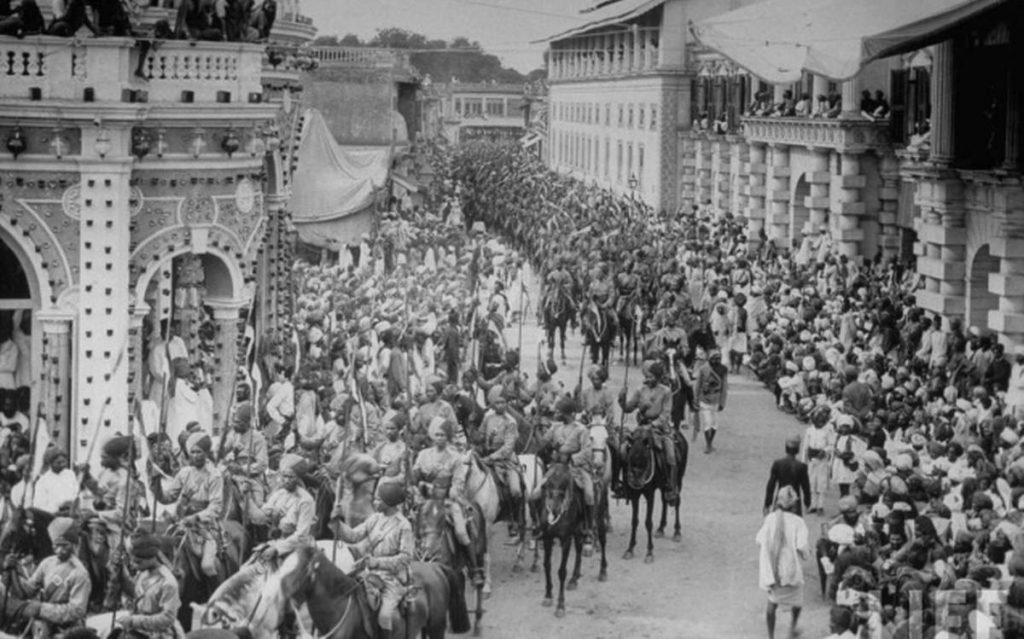
While speaking on the contentious Citizenship Amendment Act (CAA) with a neighbor of mines who hails from Zaheerabad, Telangana as in almost every discussion on CAA we ended up discussing the documents issue.
He started telling this story of how his family escaped from Zaheerabad when ordinary farmers took up arms and unleashed violence on Muslims. I was taken aback by this comment of his. I have read about this massacre but never came across anyone who had escaped the violence first hand. He said that his family had to escape with whatever they could get hold of, many of their family’s documents were lost in the process. These documents could have proved handy in proving his citizenship at a time when the Indian government is set to take on a mammoth task of creating a register of all Indian citizens based on documents that they produce.
I came home and discussed it with my father, who astonishingly had his own family story of escaping the massacre themselves. His maternal grandfather hailed from Warangal and moved to Hyderabad in the months following Operation Polo.
Operation Polo is deemed as one of the Indian military’s biggest successes. After all, they overcame the forces of what was the richest princely state of India, Hyderabad. The ruler of Hyderabad called the Nizam had armed forces that largely comprised of undertrained razakars. After all, the Nizam’s empire was built on culture and wealth generation through agriculture and trade rather than military might.
In 1948, right after Operation Polo or “police action” as many refer to it the massacre began. A BBC report termed it as “India’s Hidden Massacre”.
This massacre of genocidal numbers wasn’t done by the army alone, the blame lay on the rural folk who unleashed violence. Some defenders of it claim that it was a natural venting reaction to the oppressive feudal rule.
It was anything but that as in the days to follow it wasn’t just the feudal lords who came face to face with the brutalities, it was the common folkwho in fact faced the brunt of it as mostly Hindu led paramilitary groups took up arms.
The horror stories reached theecehlons of the then Congress-led government and Nehru commissioned a fact-finding committee. This committee comprised of people from different faiths and the leader of it was a Hindu congressman, PanditSunderlal. The Sunderlalcommittee visited the affected towns and villages and collected first-hand reports from the ground.
The report carrying his name was not published then or in the decades to follow. This massacre was covered up by successive governments as well. So well in fact that today even many who live in Hyderabad don’t know that a massacre of such proportions took place.
Indians were treated with bits and pieces of this report over the years. The full copy, however, stayed away from public eyes.
However, after years of being kept under wraps a copy of the report was obtained by historian Sunil Purushotham from the University of Cambridge. It made some startling revelations and was subsequently published in a BBC report.
The “conservative” estimate of the death toll that this report puts up is 27 to 40 thousand. The worst affected districts according to the report are Nanded, Bidar, Osmanaabad and Gulbarga.
The report goes on to mention that the army too was either complacent or actively took part in the looting and burning of Muslim owned properties. It didn’t stop there they were even reported to have shot Muslim men in cold blood.
On the contrary the report also mentioned that the Indian army protected the persecutedMuslims in many instances.
The death toll that the report mentions, however, has been contested. Historian William Dalrymple in his book the Age of Kali estimates that as many as “200,000 Hyderabadi Muslims were slaughtered.” If this is true, it amounts to almost one in every five adult Muslim males considering the population of the Hyderabad state before Operation Polo.
Today, as I walk through the streets of Hyderabad there are no signs of the massacre. It is almost as if it never happened. From the educated to the not so educated this part of Hyderabad’s history is not known to most. It has become one of India’s best-guarded secrets.
In fact, you can even get through a bachelor’s degree in Indian history without having to learn about this massacre.
For the common man in Hyderabad that still has remnants of the Nizams era dotted all over, the story of the massacre only lies in tales of the elderly few who lived through that time. Not those elders who lived in the city of Hyderabad but those who lived in the border districts of what once was the Princely state of Hyderabad.As of today hardly any of the perpetrators of this massacre either in the Indian army or the Hindu led paramilitary were indicted.
Mohammed Mirza is a Middle East-based journalist.
SIGN UP FOR COUNTERCURRENTS DAILY NEWS LETTER







































